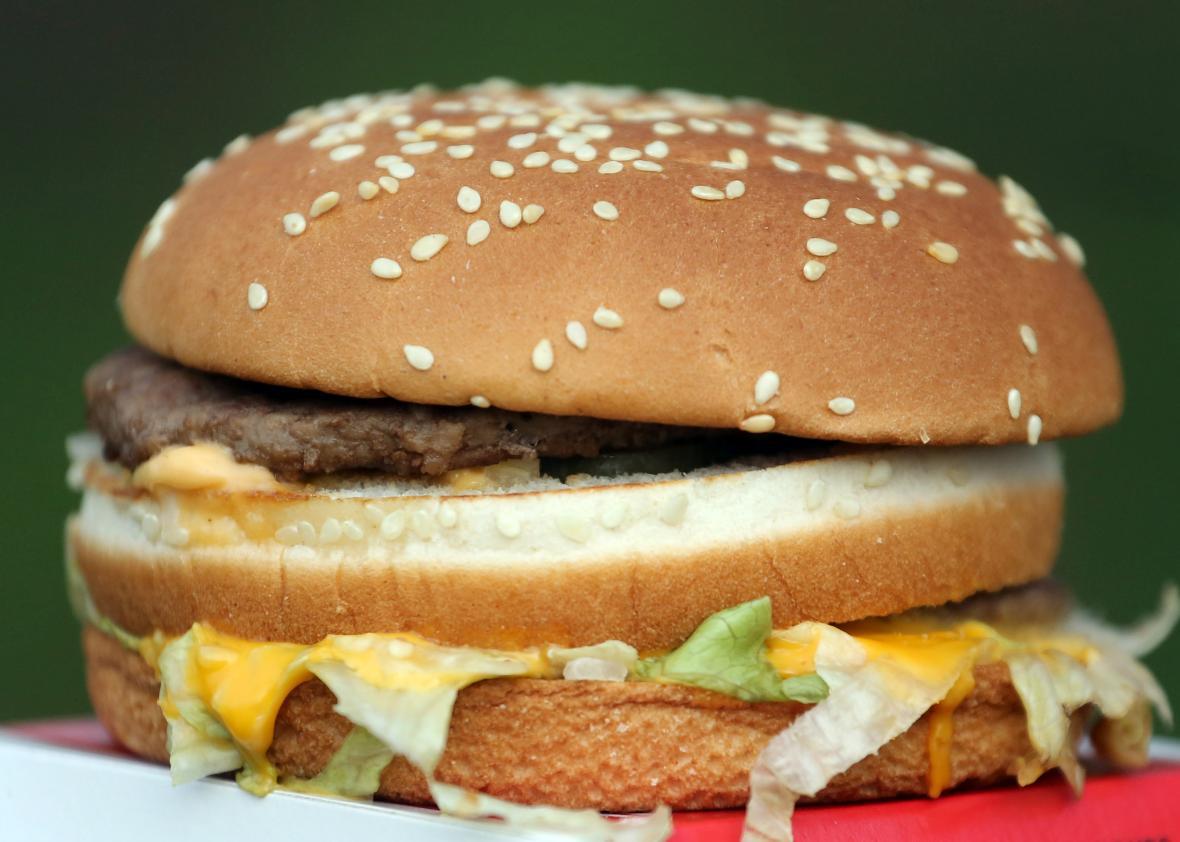This question originally appeared on Quora, the best answer to any question. Ask a question, get a great answer. Learn from experts and access insider knowledge. You can follow Quora on Twitter, Facebook, and Google Plus.
Answer by Keith Ball, chef, cooking instructor, wine educator, hospitality consultant, and writer:
Chain restaurants generally have at least some packaged food that is shipped from a corporate commissary or processing or manufacturing facility. Many sauces—alfredo, for example—and par-cooked items freeze very well and are shipped to each store in bulk or portioned packages.
In my experience, the less expensive chains are the most likely to have preportioned foods that require very little cooking knowledge. The more expensive restaurants—California Pizza Kitchen and P.F. Chang’s come immediately to mind—are much more likely to have fresh vegetables, meats, poultry, and seafood, and require a well-trained, skilled, experienced kitchen manager or chef.
One thing you won’t find in almost any chain restaurant is a daily menu or daily specials created by the kitchen manager of any particular store. All menus, recipes, and “specials” (which are often marketed as “this evening’s features” or similar verbiage) are devised in the research and development kitchens at the corporation’s headquarters. The recipes, which are sometimes more aptly called formulas, are utterly specific, including details such as exact cut and weight of all proteins, vegetables, and starches. Sauce recipes are precise down to the final addition of salt. Generally, creation of additional menu items is forbidden in writing. Outback wants the consumer in St. Louis today to have an exact recreation of the meal that he or she had in Phoenix last week.
All of this kitchen information is neatly published in a handbook. There’s also a handbook for bar service that includes recipes, plus a corporate plan indicating how to identify and handle an inebriated guest. (This type of policy is thoroughly vetted by the corporate legal department.) There are handbooks for everything, including the exact method for opening the restaurant and closing it at night. Very little—if anything—is left to personal creativity at the unit level. The kitchen manager is there to: place, receive, and verify food purchases; make sure the staffing levels are sufficient; that the salads aren’t prepared on plates still hot from the dishwasher; that today’s vegetable is just like yesterday’s; and so on. He or she is charged with controlling food cost, kitchen labor and supply costs, and with financial compensation directly related to doing these things adeptly.
The district manager is the second level (after the unit general manager) of enforcing adherence to all corporate product, policies, and procedures. She might have four stores—or 10—and above and beyond reviewing store sales and financial management, she will ensure that each store is run precisely to standard. She most likely reports to the regional manager, who reports to a regional vice president, if not directly to the COO and/or the CFO. This is how the restaurants are run in lockstep, nationwide.
Any differences in menus exist to reflect a well-researched variance in regional food preferences, availability or cost of product, or size and sales history of stores. The product mix from state to state may vary for these reasons.
In my opinion, one of the most hilarious farces of late is the commercial presentation of the Olive Garden cooking school in Tuscany. It’s an absurdity beyond the pale, but I suppose that since the corporation has succeeded in convincing a considerable segment of the market to believe that it is eating actual Italian food, it’s a short walk from the Mercato di San Lorenzo to the Olive Garden cooking school.
How does a chain of restaurants maintain almost a uniform taste in all their branches? originally appeared on Quora. More questions on Quora:
